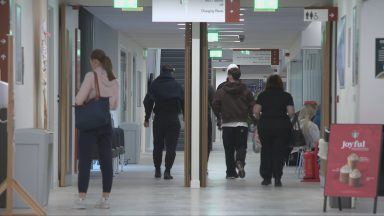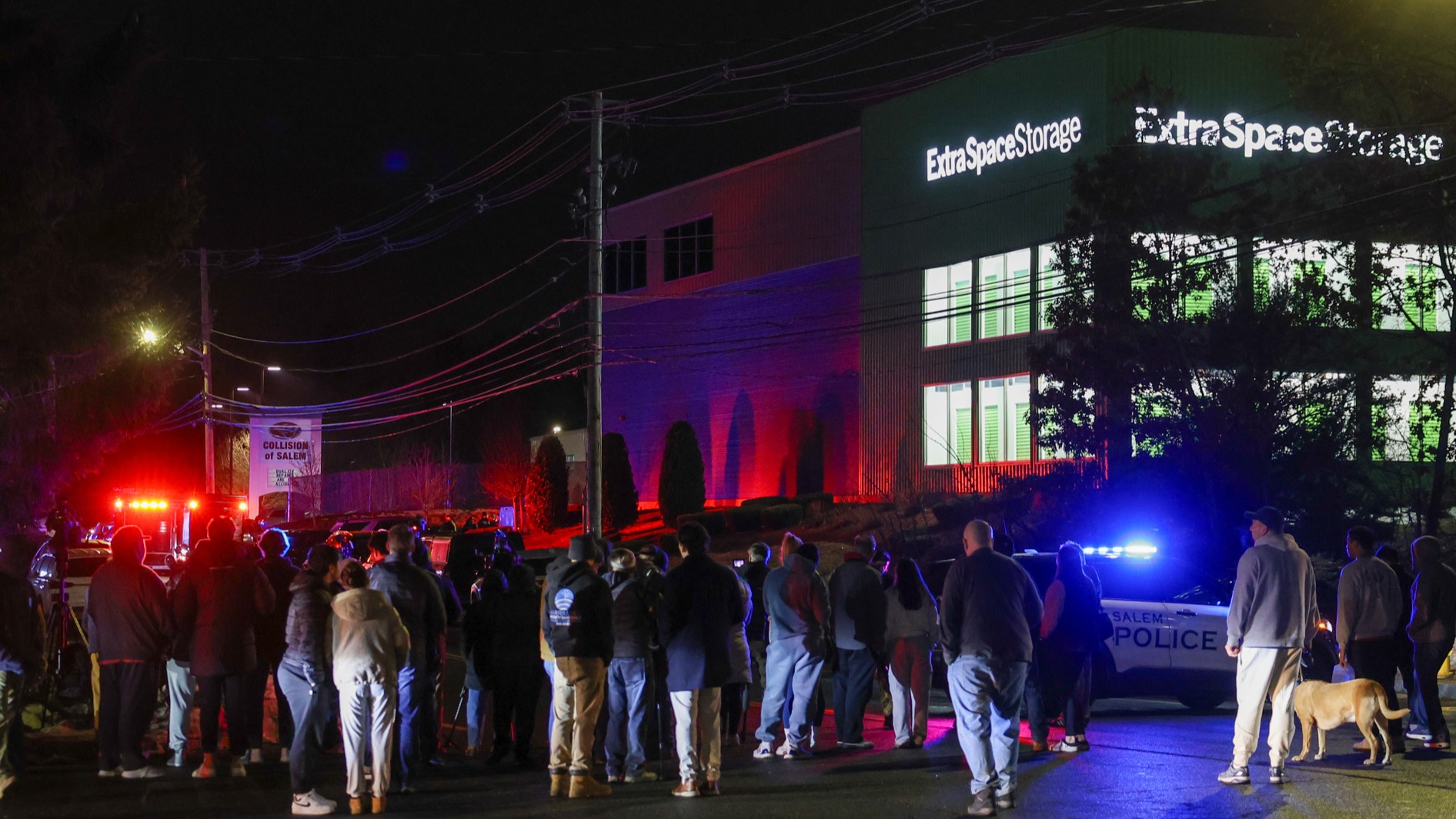Police “failed adequately” to recognise warning signs leading up to the Southport riots this summer, with gaps in intelligence linked to social media and the dark web, a watchdog has said.
A report by His Majesty’s Inspectorate of Constabulary and Fire and Rescue Services (HMICFRS), released on Wednesday, examines how police responded to riots sparked by the murder of three girls in Southport.
Bebe King, six, Alice Da Silva Aguiar, nine, and Elsie Dot Stancombe, seven, died after stabbings at a Taylor Swift-themed dance class on July 29. Axel Rudakubana, 18, who is accused of their murder is due to appear in court on Wednesday.
Soon after their deaths, more than 600 people were arrested as police cracked down on what Prime Minister Sir Keir Starmer called “far-right thuggery,” with crowds targeting mosques and asylum seeker accommodation.

The report found that many events in 2023 and 2024, involving an “extreme nationalist sentiment,” were signs of potential future disorder, but this was not reflected in police intelligence assessments.
The report said: “We have found that the series of incidents of violence and disorder across the UK during 2023 and 2024 should have influenced the police service’s assessments of threat and risk.
“Our assessment of these incidents suggests that the risks of disorder were greater than the police believed them to be. They involved extreme nationalist sentiment, aggravated activism or serious disorder.
“All of them took place before the Southport killings and subsequent outbreaks of widespread disorder across the UK.”
The report highlights several past incidents, including unrest near asylum seeker hotels in Merseyside and Rotherham in February 2023, as well as disturbances in Llanelli from July to October.
It also mentions disorder at a St. George’s Day parade in London in April 2024 and clashes between rival groups during a demonstration led by Tommy Robinson in June.

The report also found that police chiefs were too late to introduce a system where officers were moved between forces to bolster resources.
Chief Inspector of Constabulary Andy Cooke said: “We found the police decisions to co-ordinate and mobilise those public order officers nationally were made too late, and the police didn’t have a proper intelligence picture of the rising tide of violence.
“There were gaps in their intelligence functions, especially around the analysis of social media and other dark web media, and no one understood or could counter the emerging cause and effect of that misinformation and disinformation.
“So the police failed adequately to denounce it or mitigate against it in real-time to deter or curtail the disorder.”
In total, 302 officers were injured during the unrest, 54 of whom were admitted to hospital.
Cooke has called for a national co-ordinator to instruct forces to provide mutual aid and argued some chief constables had dragged their feet over doing so.

He added that he was concerned about some officers being sent out in regular uniform rather than riot gear.
Cooke said: “I doubt it will be another 14 years before we see serious disorder. I hope it is, but I doubt it.
“I think we’re in a different place, there are far more tensions across communities and far more ways of sharing information across the community.
“So policing needs to ensure that it’s ready for whenever that next disorder will be.”
While there were some failures, Cooke said officers showed “immense bravery” in the face of “extreme violence” to keep the public safe.
“Many police officers sustained injuries, and some were hospitalised,” he said.
“The violence officers suffered is shameful and unacceptable. They deserve the public’s full support.”
Could water cannons be used to disperse future rioters?
Some commanders have raised the possibility of allowing the use of water cannons to disperse future rioters – a measure that has been used in Northern Ireland before.

The report said: “We acknowledge that use of water cannon by police in Great Britain would be highly controversial.
“There is limited police or other academic evidence about the effectiveness of its use. Opinions remain divided, even among senior police officers.
“And it was beyond the scope of this review to evaluate water cannon as a potential tactical option.”
A second report on the riots will be published by HMICFRS in April.
Follow STV News on WhatsApp
Scan the QR code on your mobile device for all the latest news from around the country



























